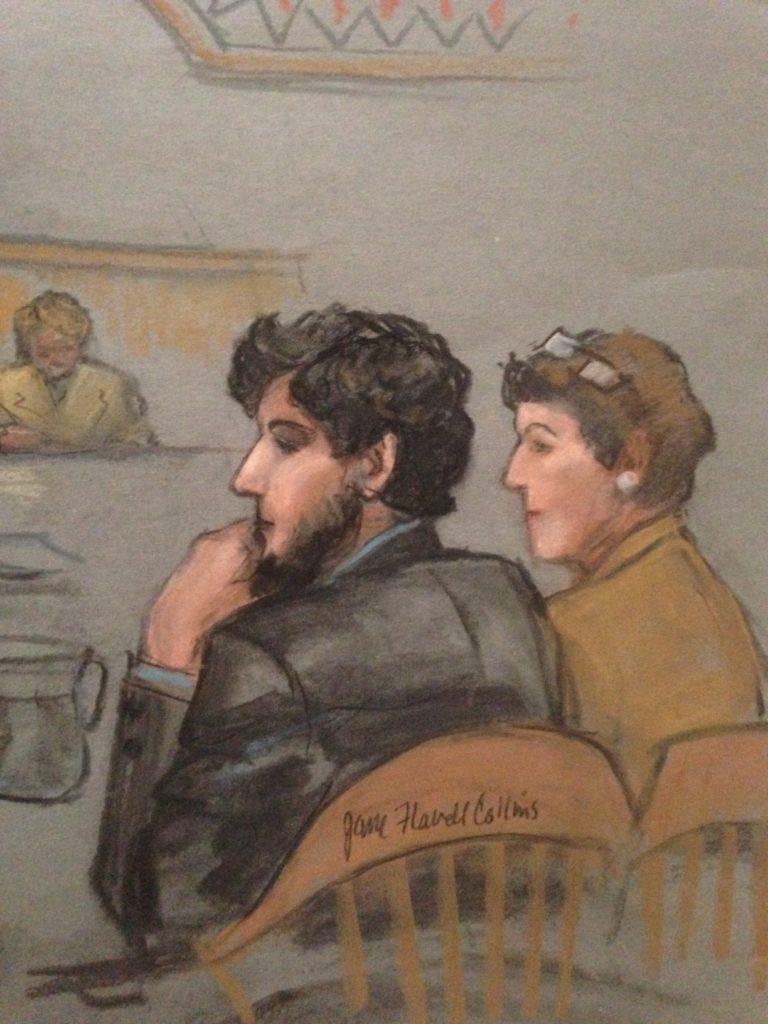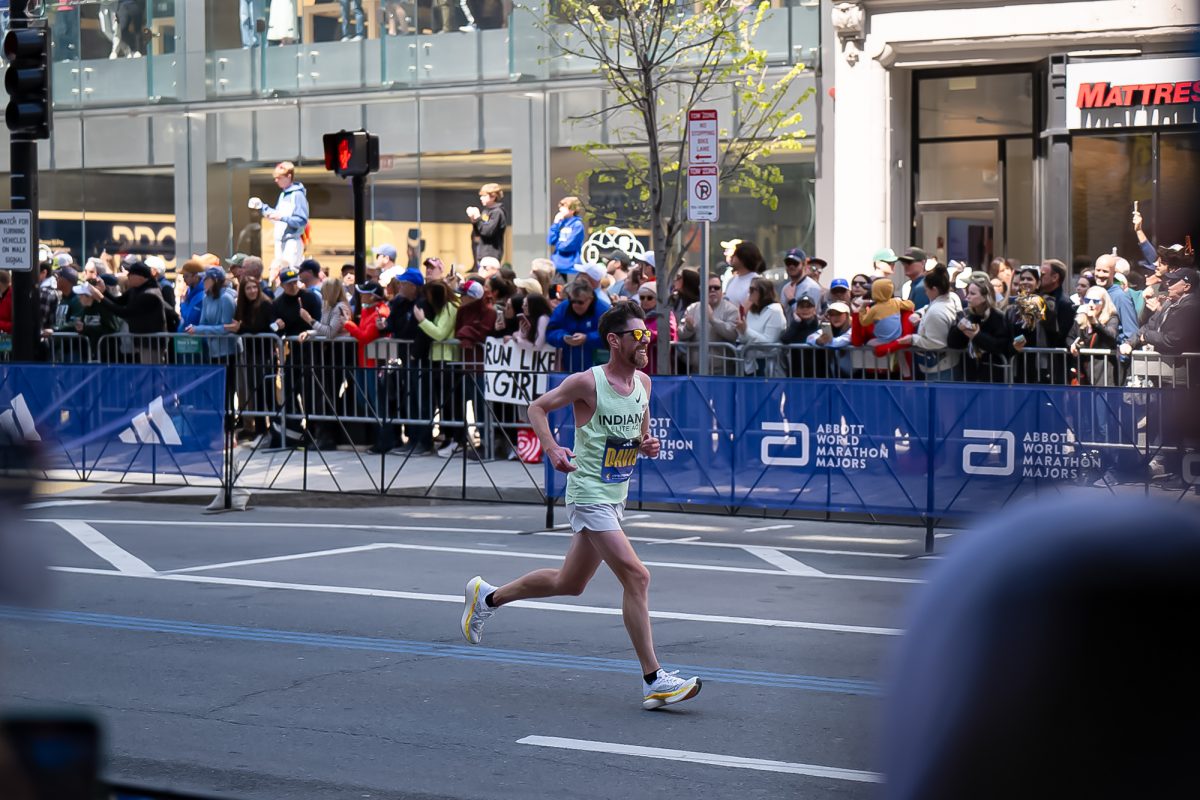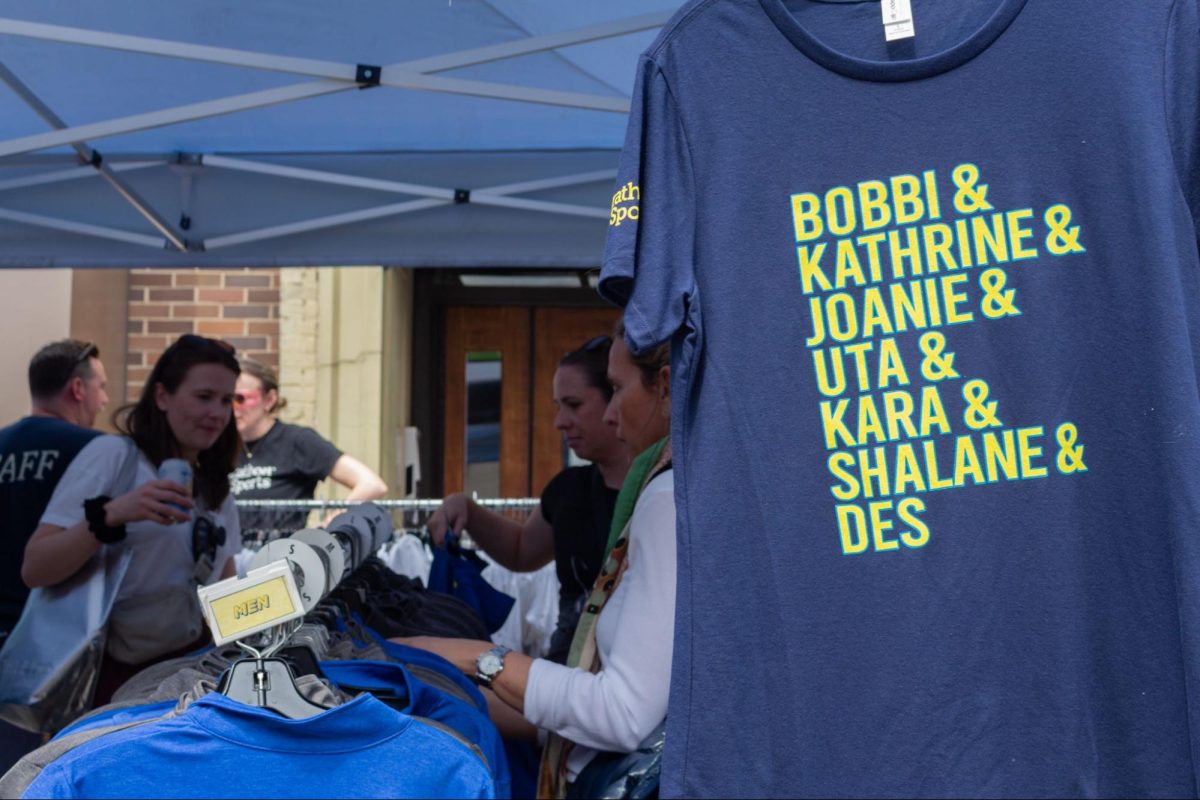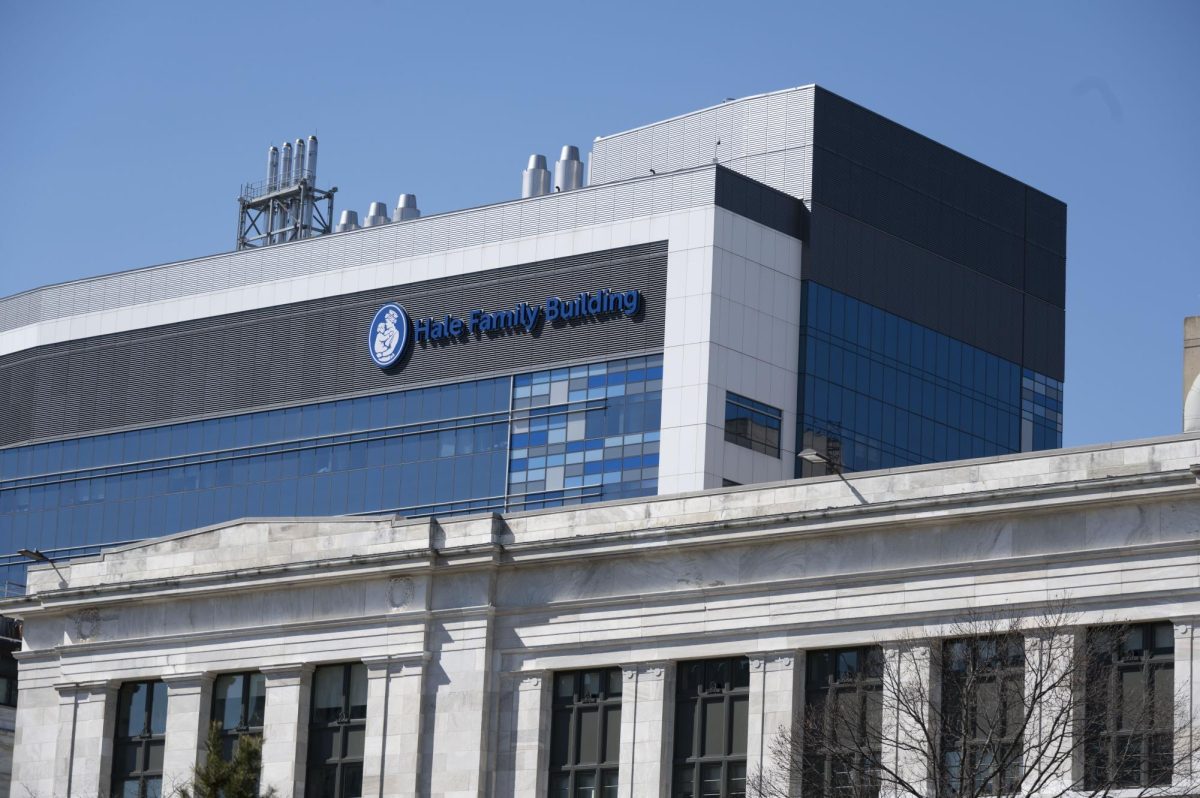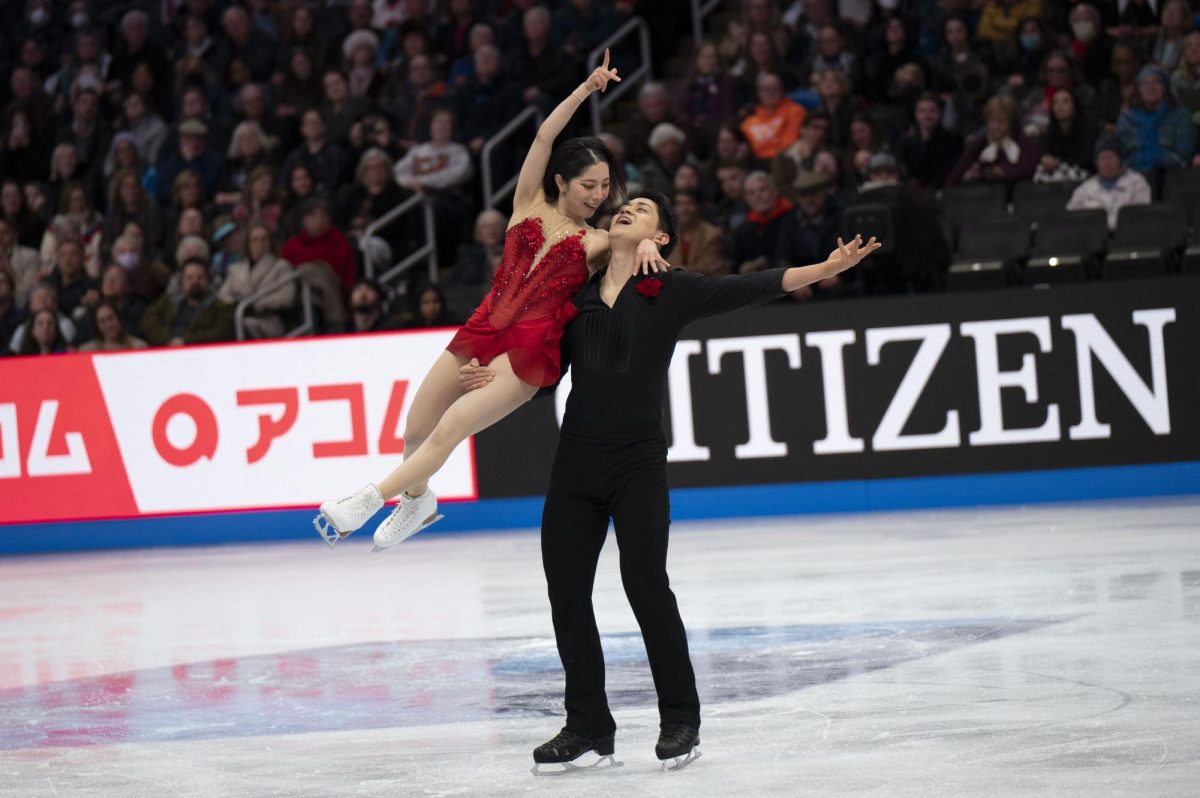By Jose Castillo, news correspondent
As of Tuesday, March 31, the trial of Boston Marathon Bombing suspect Dzhokhar Tsarnaev approached a close as both the prosecution and defense have rested their cases. Judge George O’Toole, Jr. has set Monday, April 6 as the date of closing arguments and has warned jurors they may need to reach a conclusion by then.
Between Wednesday, March 25 and Monday, March 30, the prosecution wrapped up its investigation of Tsarnaev’s involvement in the bombing of the 2013 Boston Marathon, which he allegedly carried out with his deceased older brother, Tamerlan Tsarnaev. The last few witnesses to provide testimonies for the prosecution were part of the 92-witness arsenal it gathered and presented in just 15 days.
Last week’s testimonies focused on information gathered through digital data and tests performed on materials found at the Tsarnaev brothers’ Cambridge apartment and in Dzhokhar Tsarnaev’s college dorm at the University of Massachusetts (UMass) Dartmouth.
FBI Special Agent Christopher Derks described the apartment as a “construction site,” as tools and devices associated with bomb-making were found about the residence.
“The mindset was these tools could be used in the making of a device,” Derks said.
BB pellets, gun-cleaning equipment and containers of nails were among the items found in the three-bedroom apartment. The defense, in return, made it clear to the jurors that Dzhokhar Tsarnaev had not lived in the apartment but instead on UMass Dartmouth’s campus.
FBI Special Agent Christian Fierabend also testified, explaining to jurors that a GPS found in a Mercedes SUV stolen by the Tsarnaev brothers contained data about a trip to Macy’s in Saugus on Jan. 1, 2013, a date which corresponds to receipts indicating the purchase of two pressure cookers. The items were the main component of bombs detonated at the Boston Marathon finish line that April. Fierabend, however, was unable to identify who drove the vehicle at the time.
That lack of information falls in line with the defense’s argument that Tamerlan Tsarnaev, suspected ringleader of the attacks, made all bomb supply purchases alone. Video evidence showed Tamerlan Tsarnaev at a Target purchasing two backpacks, which were later identified as the backpacks that contained the bombs detonated on Boylston Street. In the defense’s cross-examination of Fierabend, Defense Attorney Timothy Watkins aimed to separate these purchases from his client.
“There was just one person in the store,” Watkins said. “There’s not two people buying the backpacks, correct?” Fierabend verified the statement and identified the person purchasing the backpacks as Tamerlan Tsarnaev. Other purchases made by Tamerlan Tsarnaev include a remote control car, a battery and a transmitter, all allegedly used to create the bombs used during the attacks.
FBI Special Agent Heidi Williams presented evidence indicating that text messages sent by Dzhokhar Tsarnaev prior to the bombing show his premeditation.
“I got a plan Ill tell yu later about it,” Dzhokhar Tsarnaev had texted to a friend. “I wanna bring justice for my people.”
The evidence present, however, became two-sided as the defense used these messages to convey the influence of Tamerlan Tsarnaev over his younger brother.
Dzhokhar Tsarnaev described his brother as a “very influential” role model to friends over text.
FBI Supervisory Special Agent Edward Knapp examined five bombs found on Boylston Street and in Watertown and explained that the process of making these bombs was as easy as following the instructions provided in al-Qaida magazine Inspire, copies of which were found on Dzhokhar Tsarnaev’s computer.
“It’s not a difficult system to build,” Knapp explained to jurors. “It’s not that sophisticated.”
FBI chemist David McCollam testified afterward, stating that materials found at the Cambridge apartment, along with substances found on Tamerlan Tsarnaev’s gloves in Dzhokhar Tsarnaev’s vehicle, were consistent with explosives. However, none of these residues can be traced back to the suspect.
While evidence found through investigations and forensics provided the jurors with information, it wasn’t until images of the three victims of the attacks were presented that the jurors were moved by what was presented to them.
The prosecution made an effort to persuade the jurors by closing out their testimony with the medical examiners who performed autopsies on the three victims of the bombings: 29-year-old Arlington native Krystle Campbell, 8-year-old Martin Richard and 23-year-old Lu Lingzi. Autopsy photos of Richard moved some jurors to weep, as the images showed the sheer force of the bombs.
Once the prosecution rested its case, jurors looked to see the defense’s reply. Unlike its counterpart, however, the defense took only two days to complete testimonies, as it only had four witnesses lined up.
Through these testimonies, the defense tried to present to the jurors that Dzhokhar Tsarnaev was not as active in the attacks as the prosecution made it seem. Gerald R. Grant, Jr., an investigator in the Federal Public Defender Office, used cell phone tracking technology to show that Dzhokhar Tsarnaev neither purchased any of the supplies used to make the bombs, nor was he present when these purchases were made.
The prosecution quickly denounced this argument, stating that Grant had been trained to examine cell phones that used T-Mobile. Dzhokhar Tsarnaev had been using AT&T as his carrier at the time, which tracks cell phones differently. Mark Spencer, a digital forensic scientist and president of Arsenal Consulting, stated to the court that most of the radical information downloaded onto Dzhokhar Tsarnaev’s laptop came from Tamerlan Tsarnaev’s laptop. Finally, FBI latent fingerprints examiner Elaina Graff testified that Tamerlan Tsarnaev’s fingerprints could be traced on nearly every piece of incriminating evidence, the same of which cannot be said for the defense’s client.
The defense also made a motion to acquit all charges, as they believe the prosecution has failed to present a factual case.
“Defendant Dzhokhar Tsarnaev moves for a judgment of acquittal on all counts,” according to the document presented to O’Toole. “He submits that the government has failed to introduce evidence sufficient to establish each essential element of the offenses charged beyond a reasonable doubt.”
After this, the defense rested its case.
O’Toole reminded jurors not to speak of case outside of the court, despite the trial’s rapidly approaching conclusion.
Dzhokhar Tsarnaev faces 30 charges, 17 of which could lead to the death penalty. If found guilty, a second trial would follow in which jurors would have to decide whether to give him the death penalty or life in prison without parole.
Illustration courtesy Jane F. Collins


